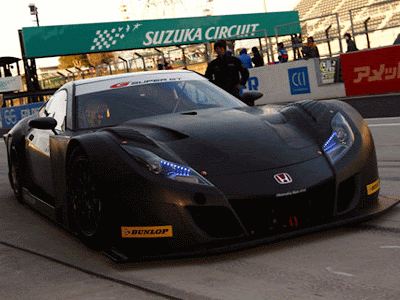
Along came the EVO IX with various improvements including an extra cog and a thing called MIVEC (Mitsubishi variable Valve Timing), which made the car faster, smoother and an easier drive than its predecessor. And while the ride quality was still considered harsh by anyone other than a track day junkie, it was noticeably more compliant than the EVO VIII, especially over speed bumps and those wheel-warping potholes. Was it a twenty-four seven commuter? Not quite, but almost.
It’s still a hardcore machine, no doubt about that. But this particular variant, the Evo MR, which I have been driving, has one of those automated manual gearboxes, which can swap ratios quicker, than it would take your left hand to reach the shifter.
It works pretty much the same way as Volkswagen’s DSG gearbox although, Mitsubishi call it a Twin Clutch-Sport Shift Transmission (TC-SST), which was developed by German transmission and drivetrain gurus, Getrag. It’s fast shifting but doesn’t feel quite as refined as the DSG system but then again, this is an EVO and thankfully, things are still a lot more frenetic on board this car, including the shifts.
You can still have a five-speed manual, if you’re a diehard or more importantly, if you can’t stretch the budget in these dark times, but its the TC-SST more than anything else, which makes this the first incarnation of the EVO you could live with twenty-four/seven. What made the EVO IX such a quick thing can be attributed in most part to its power to weight ratio, 7.1kw/kg. It had a kerb weight of just 1470kg and even less, if you opted for the performance pack, which included forged wheels by BBS, which sliced off another 1.1kg per corner.
© Source: caradvice
We need your comments below >>











No comments:
Post a Comment